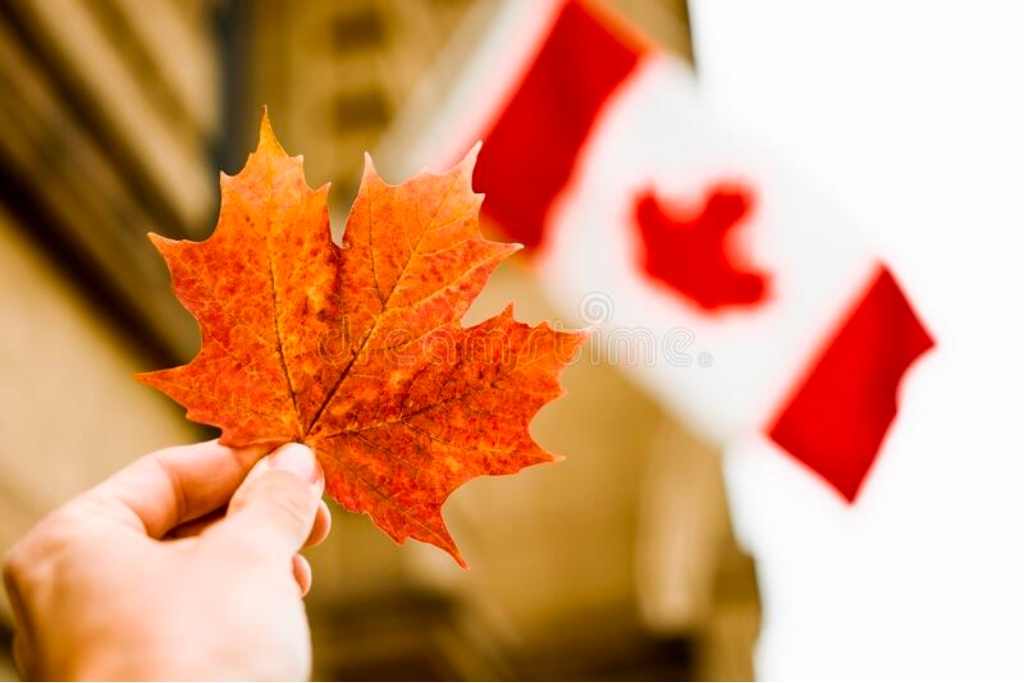I’m frequently astonished by how little people know about Canada, where I was born and raised. I’ve been asked everything, from how it’s like to live in an igloo (I don’t; Vancouver, where I currently reside, doesn’t get much snow), to how to see all of Canada in a week (this would be challenging; Canada is the second-largest country in the world). Here are 10 things Canadian locals want you to be aware of before visiting.
Canada is too big to see in one trip
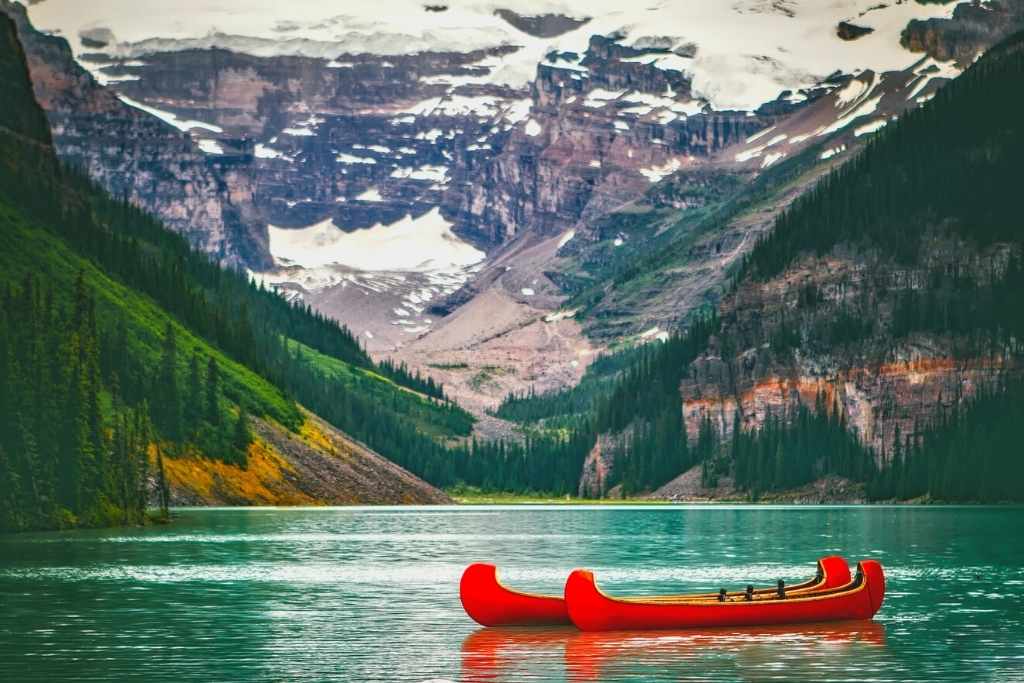
Canada has a vast land area of around 10 million square kilometers. The nation has the world’s longest coastline, which is surrounded by three oceans: the Pacific, the Arctic, and the Atlantic, as well as the second-highest mountain peak in North America, Mount Logan in Kluane National Park, Yukon.
Canada is a country where you can experience countless things because it has 10 provinces, 3 territories, and 6 time zones.
It is recommended to center your trip to Canada around one province or territory. Each region in Canada has a distinctive geography, culture, and population, from the British Columbia’s lush green forests, seaside beaches, and snow-capped ski hills to Ontario’s bustling and culturally diverse towns and Nunavut’s snow- and ice-covered Canadian Arctic.
Be ready for excessive politeness

The polite Canadian locals cliche is true in every way. In Canada, we apologize frequently—and not only when something goes wrong. If someone holds the door open for you or yells “hi!” to you from a stranger, don’t be shocked.
In formal interactions, “please” and “thank you” are frequently used. Canadian locals are very courteous on the road, waving when someone allows you in when changing lanes. Although most Canadians are affable and kind, there are always exceptions.
Even though Canada is a multilingual nation, not all of its citizens speak French.
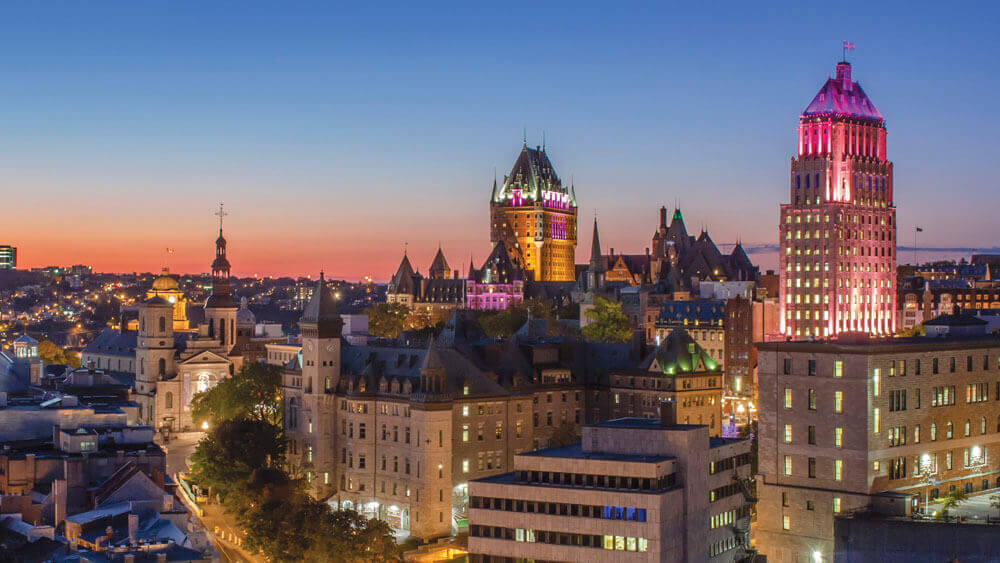
But not all of us can speak English. One of the nations with the widest ethnic diversity is Canada.
Even though both French and English are recognized as the national languages of Canada, many areas only have native speakers of one of the two languages. Even some places don’t have speakers of either language. Only in the province of Quebec is French the only official language.
Despite the predominant language used in each region, the Official Languages Act of 1969 mandated that all signage and packaging be available in both English and French across the nation.
Native American traditions are very important.
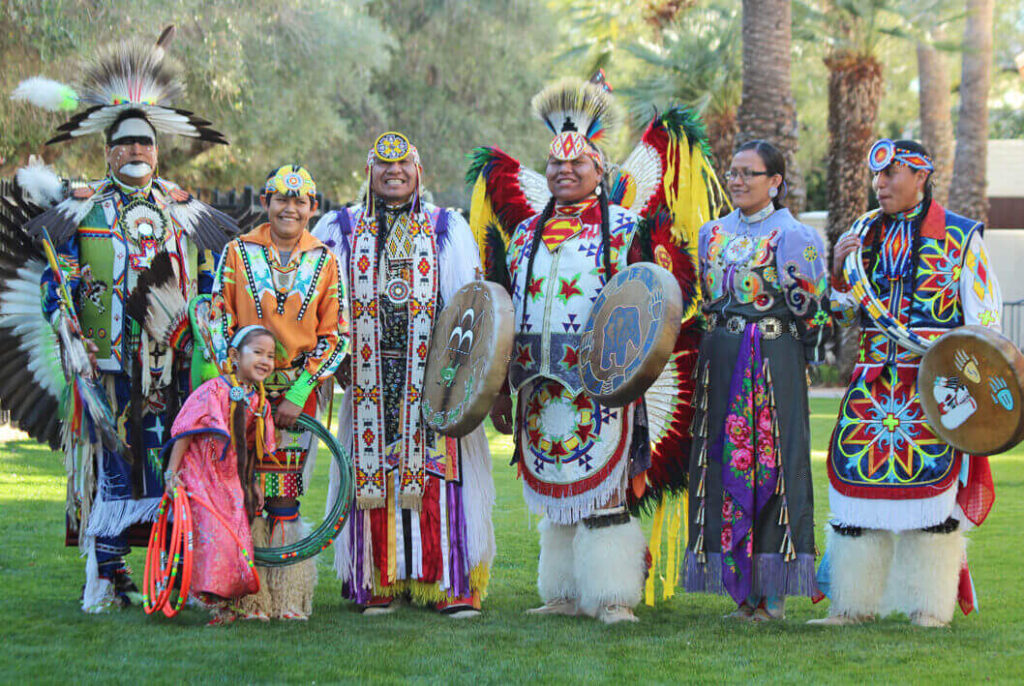
Canada’s original occupants were Indigenous Peoples of the First Nations, Metis, and Inuit. The rich and diverse Indigenous traditions that not only form an important part of our past but are still widely practiced today are acknowledged and valued by Canadians.
Do your study before you travel to Canada to make sure you don’t use any language that can be insulting while referring to the country’s indigenous inhabitants.
Consider integrating Indigenous activities in your travel itinerary if you want to experience and appreciate Canada in its fullest. Book a multi-day guided paddling tour or stay at a luxury lodge owned by Indigenous people that provides authentic cultural experiences. Hike across the most breathtaking, unspoiled landscapes of the nation while learning about the environment via a cultural lens. The experiences provided will undoubtedly have an influence.
Canada doesn’t usually experience snowfall
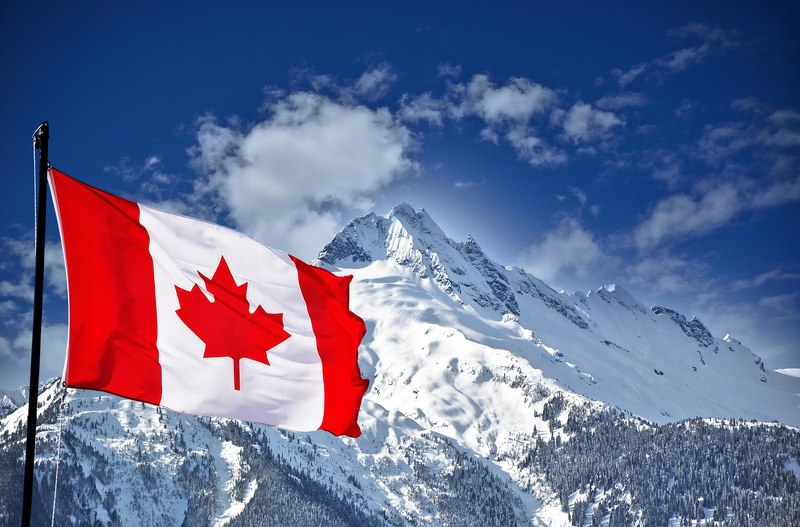
In a nation with such a vast geographic expanse, the climate can vary greatly from one location to another. For instance, British Columbia’s West Coast experiences a moderate climate all year long. Winters are not always snowy, and summer temperatures are around 22°C (or 71°F).
The weather gets colder the further north you go. Of contrast, the average annual temperature in Nunavut is 20°C (or 3°F). A large portion of Canada’s top half only experiences two seasons: brief summers and long, chilly winters with significant snowfalls and frigid temperatures.
Check the climate averages for the area you intend to visit in Canada before you travel and pack accordingly. This is especially important for the West Coast, where it frequently rains.
Always leave a tip
In Canada, leaving a gratuity is traditional whether you’re having dinner at a restaurant or getting a new haircut. The typical amount left as a gratuity for the meal or service received is 18% of the entire price. People frequently tip over the standard amount if they feel the service was great because failing to tip is seen as impolite.
Make sure to try Canadian food.

From beaver tails (hand-stretched fried dough pastries dusted with powdered sugar) to poutine (fries topped with gravy and cheese curds). You must try some of the delectable foods that Canada has to offer; don’t worry, real beavers are not an ingredient.
Bannock, a traditional Indigenous bread meal, and butter tarts are two other Canadian locals delights (a small pastry tart filled with a semi-solid syrup).
The scrumptious lobster rolls of Nova Scotia, the delectable Montreal bagels, or the decadent Nanaimo bars of Vancouver Island in British Columbia are just a few examples of regional specialties.
One of the world’s safest travel destinations is Canada.
In general, Canada is relatively secure. Crime rates are low, and there are tight gun control laws. In general, people trust the police, and they react to calls fast. Despite the nation’s image, it’s best to exercise caution, especially at night when traversing specific neighborhoods.
Regard for wildlife
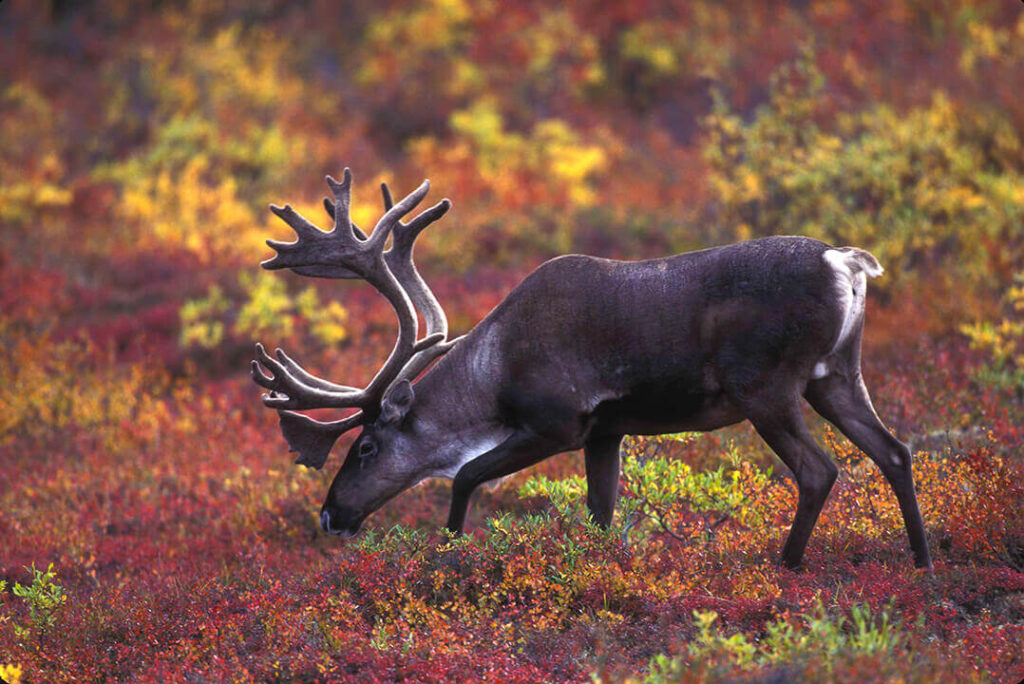
Canada is home to a diverse spectrum of flora and animals, from robust black bears and salmon spawning in British Columbia to amusing foxes and cheery piping plovers in Prince Edward Island.
There are rules that forbid people from observing wildlife up close and prohibit feeding wildlife. When exploring the outdoors, stay vigilant and aware of your surroundings, and if you see any wildlife, keep your distance.
5 Quirky Museums Located All Over Canada
